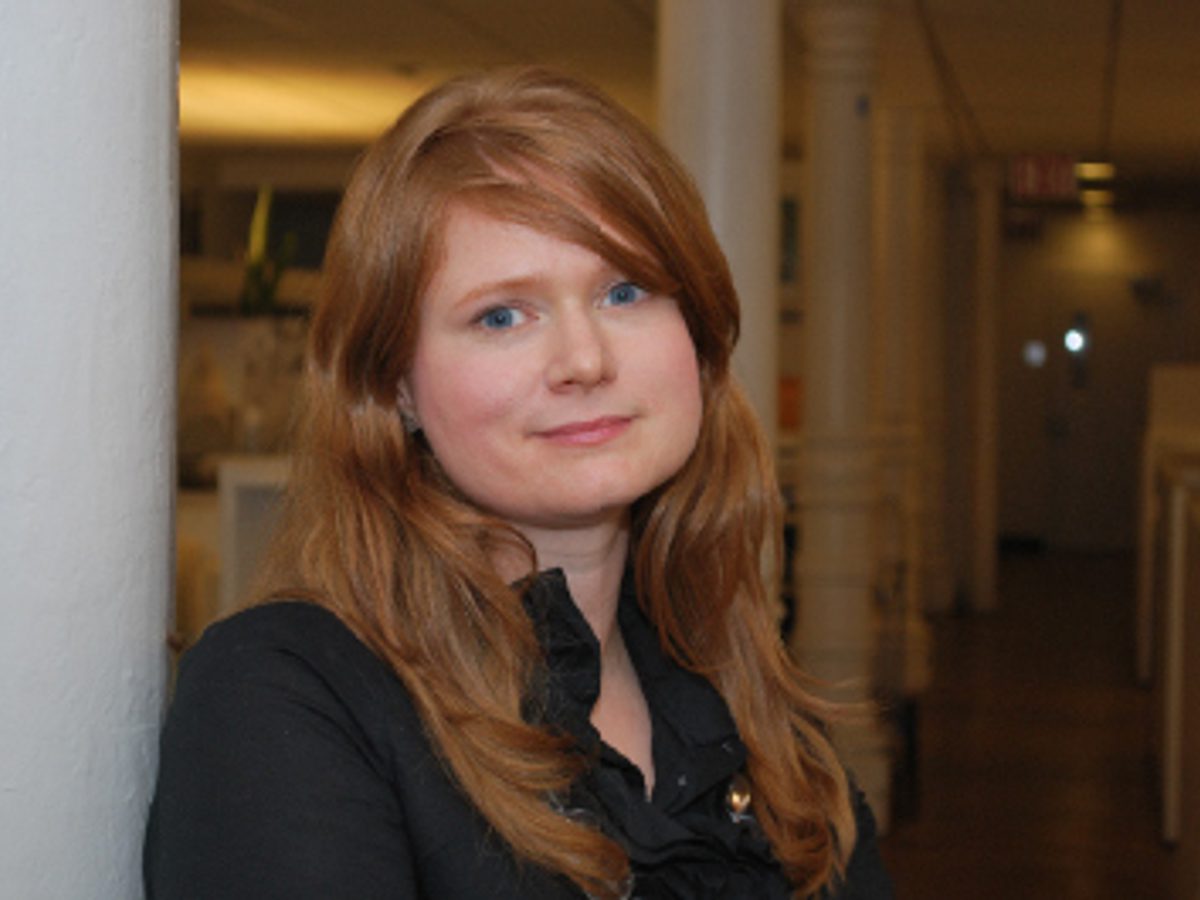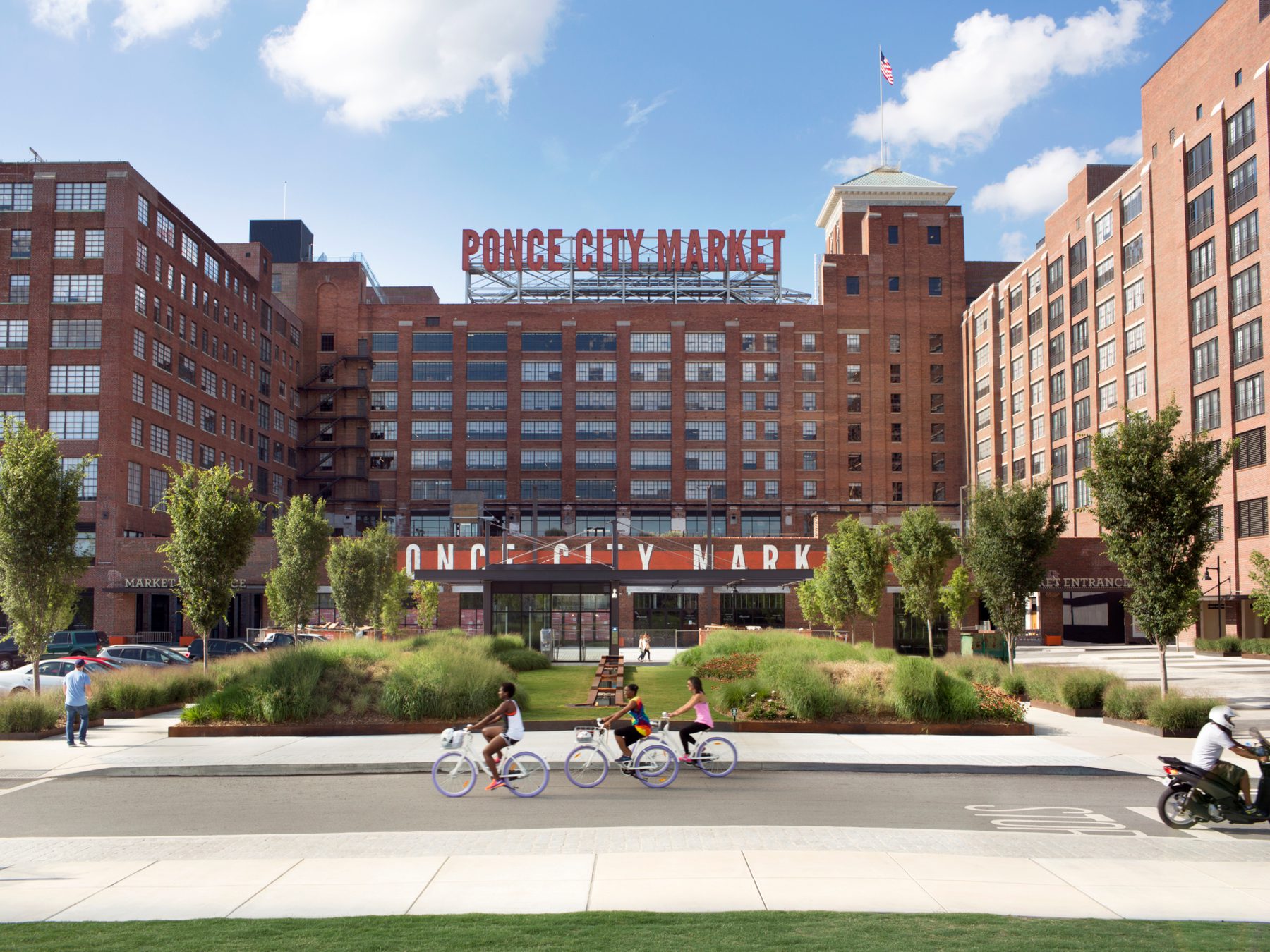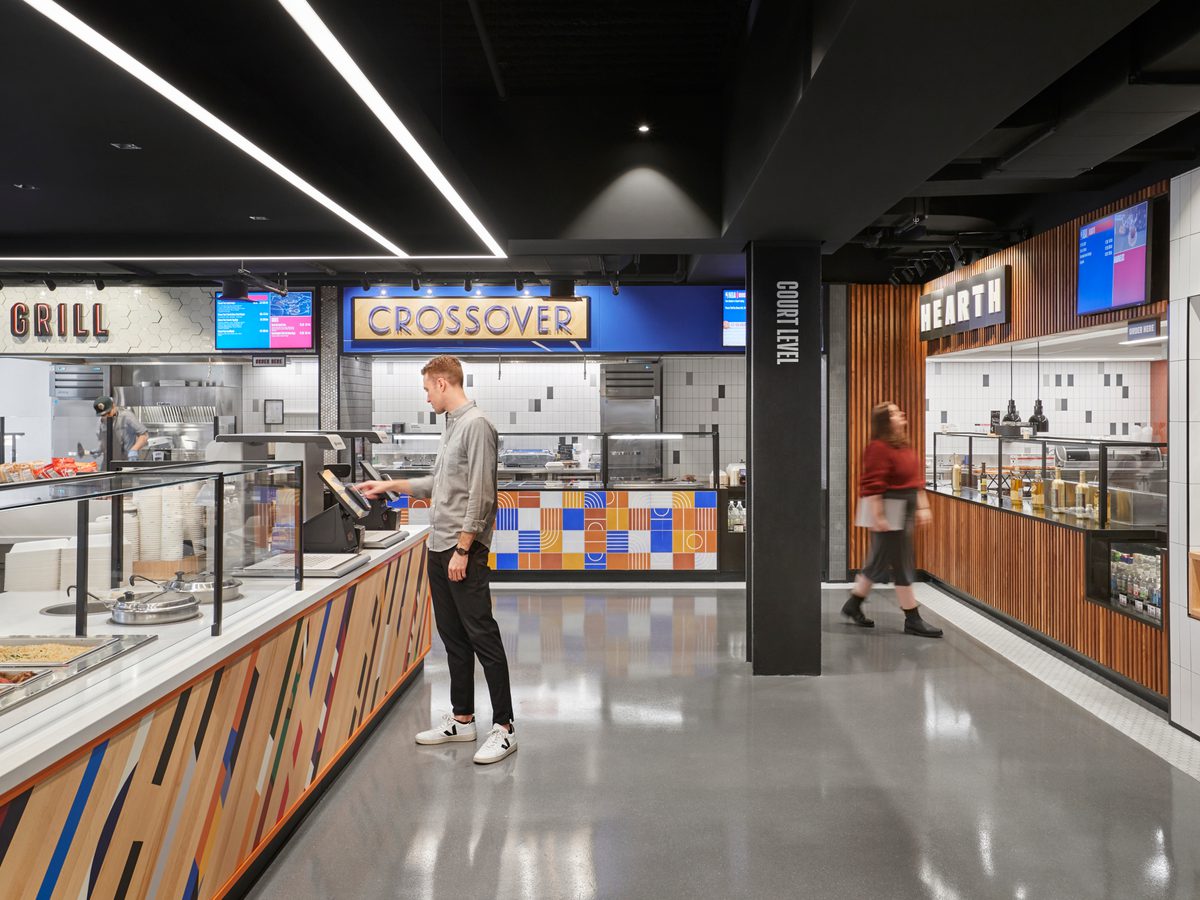Q&A with Airspace Founder Jill Ayers (BFA ’94)

Alum Jill Ayers knows what there is to know about the design industry. She graduated from the University of Michigan in 1994 with a Bachelor of Fine Arts in Industrial Design and Graphic Design. Ayers has been working in design ever since and is currently working in Brooklyn, NY as the founder and creative director of Airspace, an award-winning graphic experiential graphic design firm founded in 2015.
In the past, Ayers has worked as a Senior Designer at Gensler, served as President of the Society for Experiential Graphic Design and been a founding member of the Everyspace furniture collective. Ayers also taught in the School of Continuing Education at Parsons The New School for Design in the Graphic Design Department.
In a Q&A with the Penny W. Stamps School of Art & Design, Ayers shares insight on her experience in the design industry, her passions, how the Stamps School impacted her life and advice for current students.
Stamps School of Art & Design: As the founder and creative director of Airspace, can you tell us a bit about what your team is currently working on?
Jill Ayers: At Airspace, we focus on a few different sectors. We’re an experiential graphic design firm and we do graphic design communications for physical spaces. We often work in corporate environments, like headquarters for clients. The other side of what we do is mixed-use development, where we work with a real estate client who may be converting land into office, retail, residential and hospitality environments. We also work on projects where a developer may purchase or acquire an older building or structure, which is called adaptive reuse. It’s very green and sustainable. It’s a really interesting sector of real estate throughout the United States and around the world right now, especially when thinking about how you take these structures – rather than knocking them down – and re-think them for the future.
It seems like you have a passion for your work. What drives you in your work?
I’ve always been passionate about design. Since 2015, I’ve been an owner of a business. That level of involvement helps elevate the passion because you’re not only doing the work for your clients, but you’re also managing a team of people too. The nurturing aspect of that, to me, really drives what I do. I think the idea of paying it forward to people and teaching them what you love and what you respect about your career is very exciting.

What do you specifically like about your career?
I also just love the fact that we’re an agency and we work for other people. So every day, I’m working for a different type of client with a different set of needs. One minute you might be collaborating with a sports league and the next with a music label. Another day, you’re exposed to a project in a different region of the country with different needs or expectations. I think being an agency affords you the opportunity to dip into these different sectors and understand just a little bit about what they do. I find that very fulfilling, it’s like you’re always in school!
Do you have any upcoming projects or exhibitions you are working on?
We recently have been finishing the National Basketball Association headquarters here in New York City. That’s been a really interesting project – it’s very much about sports and media, but focused specifically on their headquarters. We’ve had to incorporate their brand and the various aspects of the leagues and teams into that environment. We are also working up and down the eastern seaboard on several large scale public projects including Water Street Tampa, the first WELL neighborhood to attain this status globally. We are also designing two incredible mixed-use campuses in Atlanta: the new Fourth Ward and iconic Ponce City Market in addition to completing Electric Works, the old General Electric manufacturing site in Fort Wayne, Indiana. The last two projects are very focused on taking old environments and reconfiguring them into offices, food halls, retail areas and residential spaces.

What was your student experience at Stamps like?
It was great. Having access to a huge university was definitely a positive. When I was a student, I was able to sign up for a few independent courses and classes where I was able to work outside the boundaries of the art school. You weren’t just taking your traditional art classes. For example, I took a psychology class, I took an environmental studies class, I took poetry, I took Spanish.
You always kind of knew that if something wasn’t going to work out in the art and design field, you could fall back on something else and not have to switch universities. I also met a lot of great friends, who I’ve been close with since I graduated.

What advice do you have for current Stamps students?
When you are looking to apply what you’ve learned in school to a career in design, keep your options very open, because design is really diverse. I think there’s a tendency now to think, “Oh, I’m going to be a web developer and to develop apps. I’m going to go into CGI,” but there’s so much more to design. If you have a particular interest, ask somebody about it because you could find your way into that design world. Try not to wait until you graduate. I also recommend forming connections with professors and keeping those connections after you graduate.
If you really want to do art or design, stick with it. Don’t feel like you have to fall back on something else because there’s a way to make a living in this industry. There’s a way to be connected in this world. I think too many times people think designers can’t make a living that is competitive with other industries and they go on a different path perhaps because of it. But there’s always a way to figure that out.
Jill Ayers is open to questions about her work and experience at the Stamps School and can be reached at [email protected].
Story by Rachel Mintz.